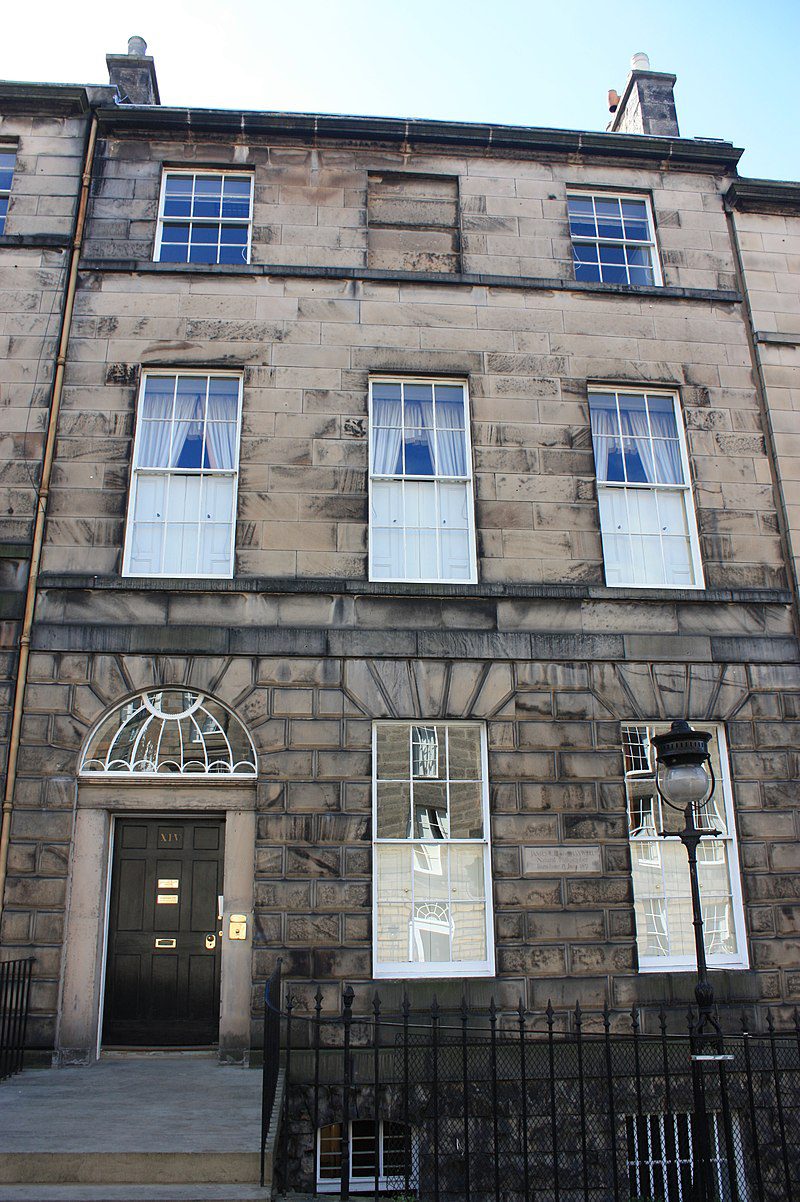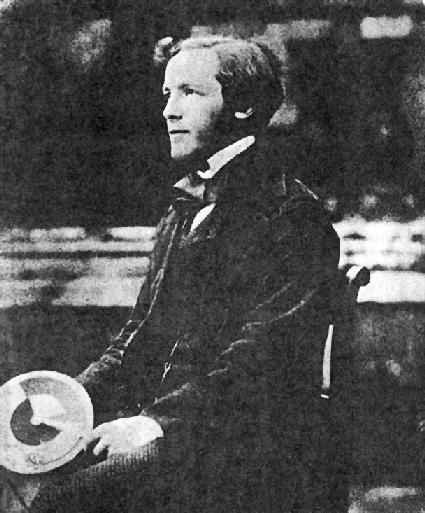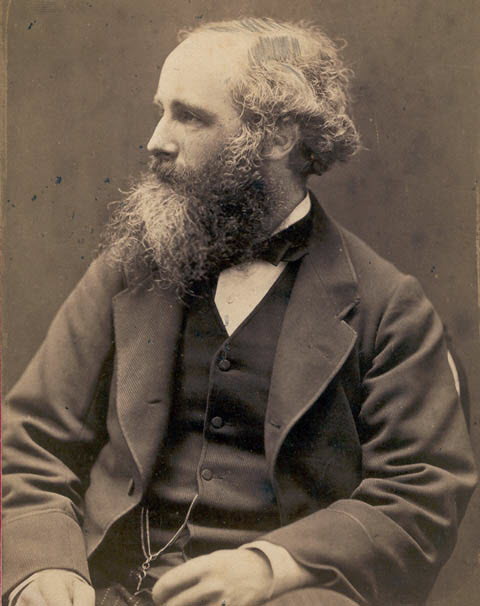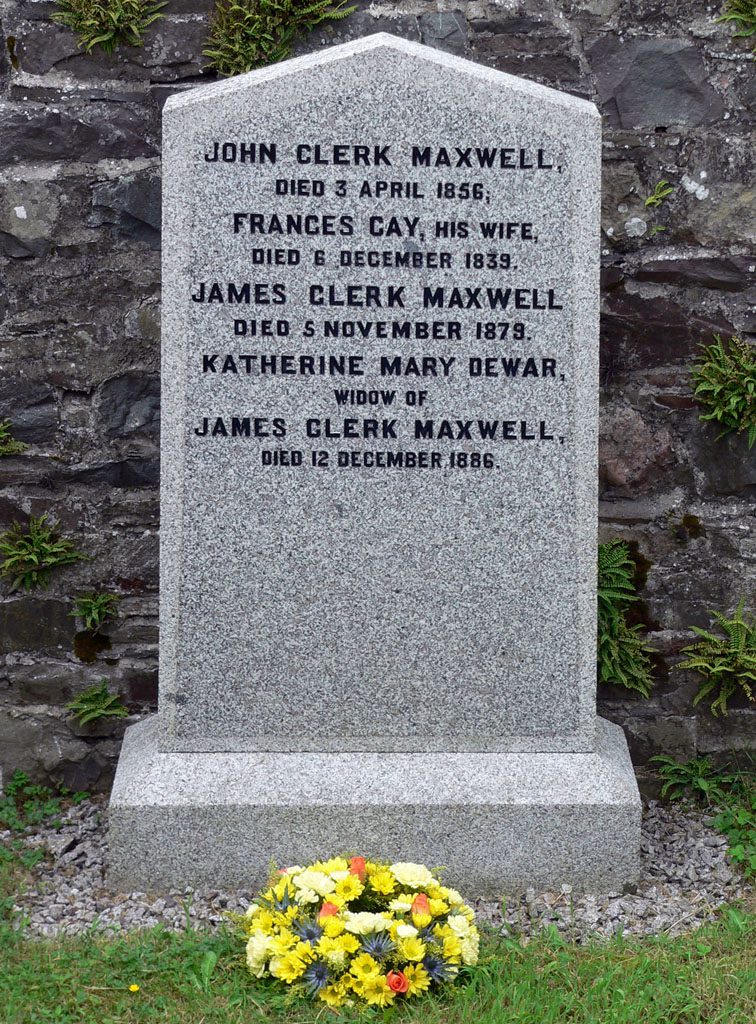Edinburgh gave the world a lot of bright minds. Those people represented the most diverse spheres of activity. However, science has always been a special one. If you learn the history of the most famous and significant inventions, you will be surprised that many of them were developed by Edinburgh scientists. James Clerk Maxwell is one of them. Learn more at edinburgh-future.
This Scottish physicist had broad scientific interests. In his classical theory of electromagnetic radiation, he proved that light, electricity and magnetism are different manifestations of the same phenomenon.
Early years

The future physicist was born in Edinburgh on June 13, 1831. His family was quite wealthy. The boy’s father was one of the successful lawyers. Therefore, parents spared no expense for James’ development and education.
Moreover, the boy was very curious from an early age.
From the age of three, James was very interested in everything that moved, made noise or shone and had a constant question:
“What’s the go o’ that?”
Smart boy
Having noticed James’ potential, his mother realised that the child needed proper education as soon as possible.
As a result, at the age of eight, the boy could easily recite passages from the Bible.
In general, his mother was completely responsible for the education of the young genius. However, unfortunately, she died of abdominal cancer when James was only eight years old. Therefore, the father and his relatives had to take over his son’s education.
Maxwell began his formal education with home tutoring. However, it was unsuccessful because of the teacher’s incompetence. He didn’t notice the student’s subtle mental organisation and constantly scolded him and treated him very harshly. As a result, the tutor was dismissed in November 1841.
Decisive event
In 1842, James and his father attended Robert Davidson’s lecture about electric propulsion and magnetic force. That day left a deep mark on the soul and consciousness of the future scientist.
Education

The father chose a prestigious educational institution for his son, the Edinburgh Academy. Despite the boy’s enormous potential, it was very difficult for him to get used to school. His mannerisms and specific accent immediately attracted the attention of other students and they started to give James offensive nicknames.
However, later, the boy met Lewis Campbell and Peter Guthrie Tait who would also become famous scientists. Their friendship was life-lasting.
Talent
James’ scientific interests evidenced his enormous potential.
He was interested in geometry from an early age. In addition, Maxwell showed great success in poetry and English at school.
In general, his knowledge and skills went far beyond the school curriculum. Therefore, he wasn’t very concerned about grades and exam results.
Maxwell wrote his first scientific paper at 14. There, he covered the mechanical means of drawing mathematical curves using a piece of twine and the properties of Cartesian ovals and ellipses.
At ease and enthusiastically
James completed his studies at the Edinburgh Academy in 1847 at the age of 16. After that, he started attending classes at the University of Edinburgh.
It must be said that learning was very easy for the young man. Therefore, he had a lot of free time, which he devoted to independent study. Maxwell conducted experiments with electrical, chemical and magnetic devices. He made shaped blocks of gelatin and conducted various experiments on them. Thus, the young scientist discovered photoelasticity, which helps to determine how stress is distributed inside a particular physical object.
Unexpected step
Being an advanced mathematician, Maxwell made a radical decision to leave his native Scotland in the autumn of 1850. He decided to enter the University of Cambridge.
In November 1851, one of James’ teachers was William Hopkins. It played a huge role in the development of Maxwell’s talent.
His studies at the university came to an end in 1854 and the Edinburgh genius officially obtained a scientific degree in mathematics.
James’ significant achievements allowed him to engage in private research, still accomplishing his main duties.
Experiments with colours
Among Maxwell’s independent studies were experiments with colours, or rather, with their nature and perception.
The scientist proved that the white colour is created by mixing green, red and blue ones.
He even devoted a separate article to colours, which he presented to the Royal Society of Edinburgh in 1855.
Solving a pressing problem

In 1856, Maxwell became a professor at Marischal College in Aberdeen. From that moment, he began a new stage in his career.
The scientist developed the curriculum and prepared lectures, combining all of it with the duties of the head of the department.
At that time, James’ mind was occupied with a new scientific problem of the nature of Saturn’s rings. Back then, scientists couldn’t understand why the rings were stable and didn’t crash into Saturn or disintegrate.
Maxwell studied this issue for two years. He has proved that an ordinary solid ring isn’t characterised by stability and a liquid ring disintegrates under the action of waves. Since neither the first nor the second feature was observed, Maxwell came to the conclusion that Saturn’s rings consist of numerous small particles and each of them revolves around the planet.

The results of James Maxwell’s research were so detailed that he was awarded the Adams Prize for it. After all, it was the first progress in solving this scientific problem.
Dismissal
In 1860, Marischal College merged with King’s College. They formed the University of Aberdeen.
After such transformations, Maxwell had to leave his position. In other words, he was fired.
However, soon, James became a professor at King’s College in London.
Further scientific activity

The proverb “Every cloud has a silver lining” is just about Maxwell’s further success.
The scientist became even more productive at the new place in King’s College in London. Then he presented a real sensation in the form of the first light-fast colour photograph. He also managed to compile a system for determining physical quantities, which later became known as dimensional analysis.
However, James’ research in the field of magnetism and electricity became the most valuable at the time. In particular, the scientist studied the nature of magnetic and electric fields. Then he revealed all of his observations in his article On Physical Lines of Force, published in 1861.
In that work, the author shared a conceptual model of electromagnetic induction, which consisted of tiny rotating cells of the magnetic flux.
Numerous scientific works
James decided to leave King’s College in 1865. However, it didn’t mean that he had completed his scientific activity.
In the following years, he published many valuable works. Some of them were On governors (1868, describes the behaviour of devices that control the speed of steam engines), On reciprocal figures, frames and diagrams of forces (1870, a paper about the rigidity of lattice structures), Theory of Heat (1871) and Matter and Motion (1876).
Repetition of sad fate
In 1871, Maxwell returned to the University of Cambridge and took the position of professor again.
However, the scientist’s activity didn’t last long there. In 1879, he began to feel the first symptoms of a serious illness. Unfortunately, it developed so quickly that James passed away in the same year.
The famous scientist died of abdominal cancer like his mother and even at the same age of 48.

Even though James Maxwell was destined for a rather short life, he managed to advance science a lot. Each of his research became a valuable contribution and a priceless legacy.
Therefore, the brilliant scientist and his achievements are remembered even in the modern world.
Source:
- https://web.archive.org/web/20061230185305/http://www.scotlandspeople.gov.uk/content/help/index.aspx?r=546&1145
- https://web.archive.org/web/20061230185305/http://www.scotlandspeople.gov.uk/content/help/index.aspx?r=546&1145
- https://books.google.com.ua/books?id=mGo_jtHwL0sC&printsec=frontcover&hl=ru#v=onepage&q&f=false
- https://www.britannica.com/biography/James-Clerk-Maxwell
- https://mathshistory.st-andrews.ac.uk/Biographies/Maxwell
- https://clerkmaxwellfoundation.org/html/about_maxwell.html
- https://www.bbc.co.uk/bitesize/articles/zjjk382